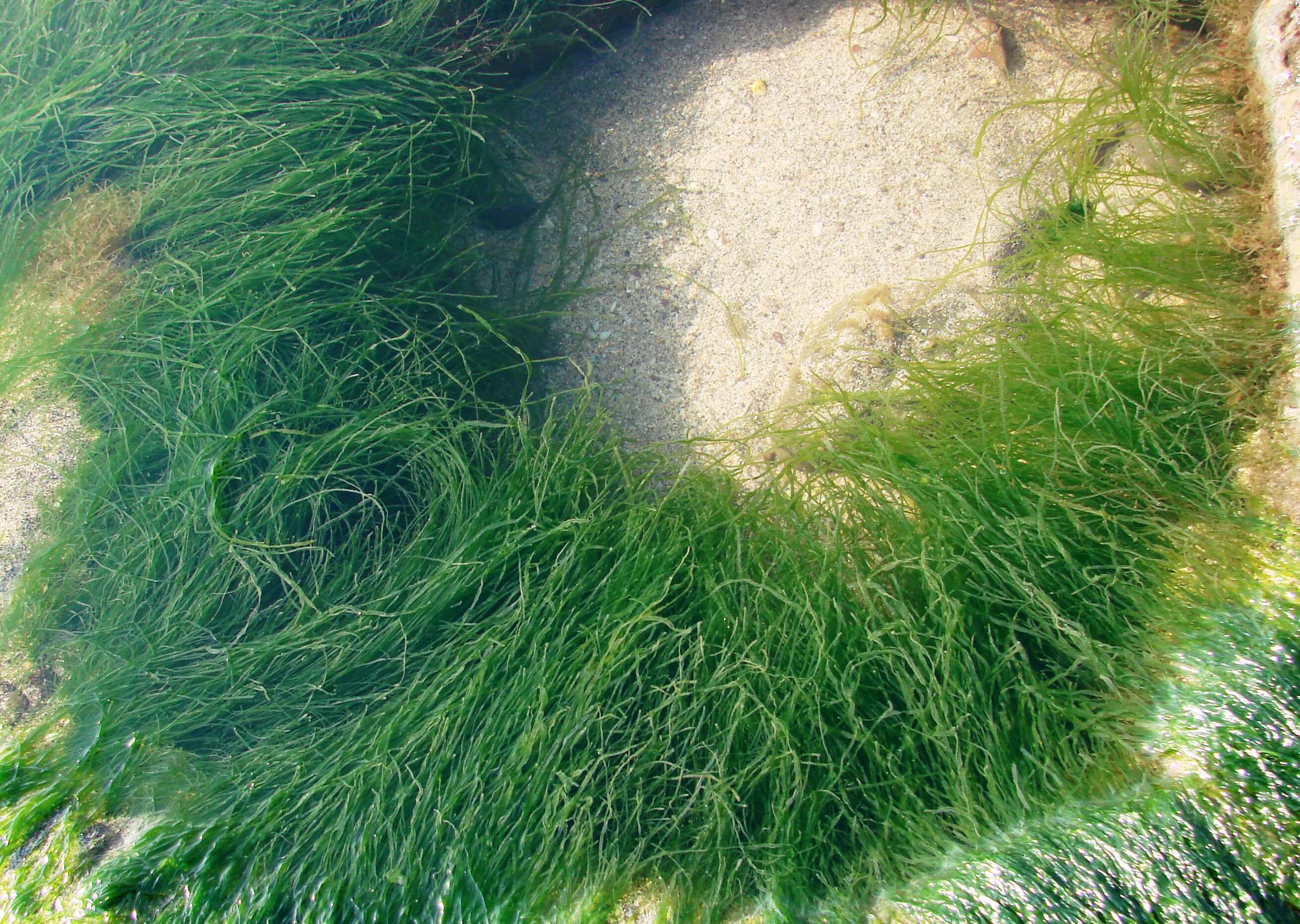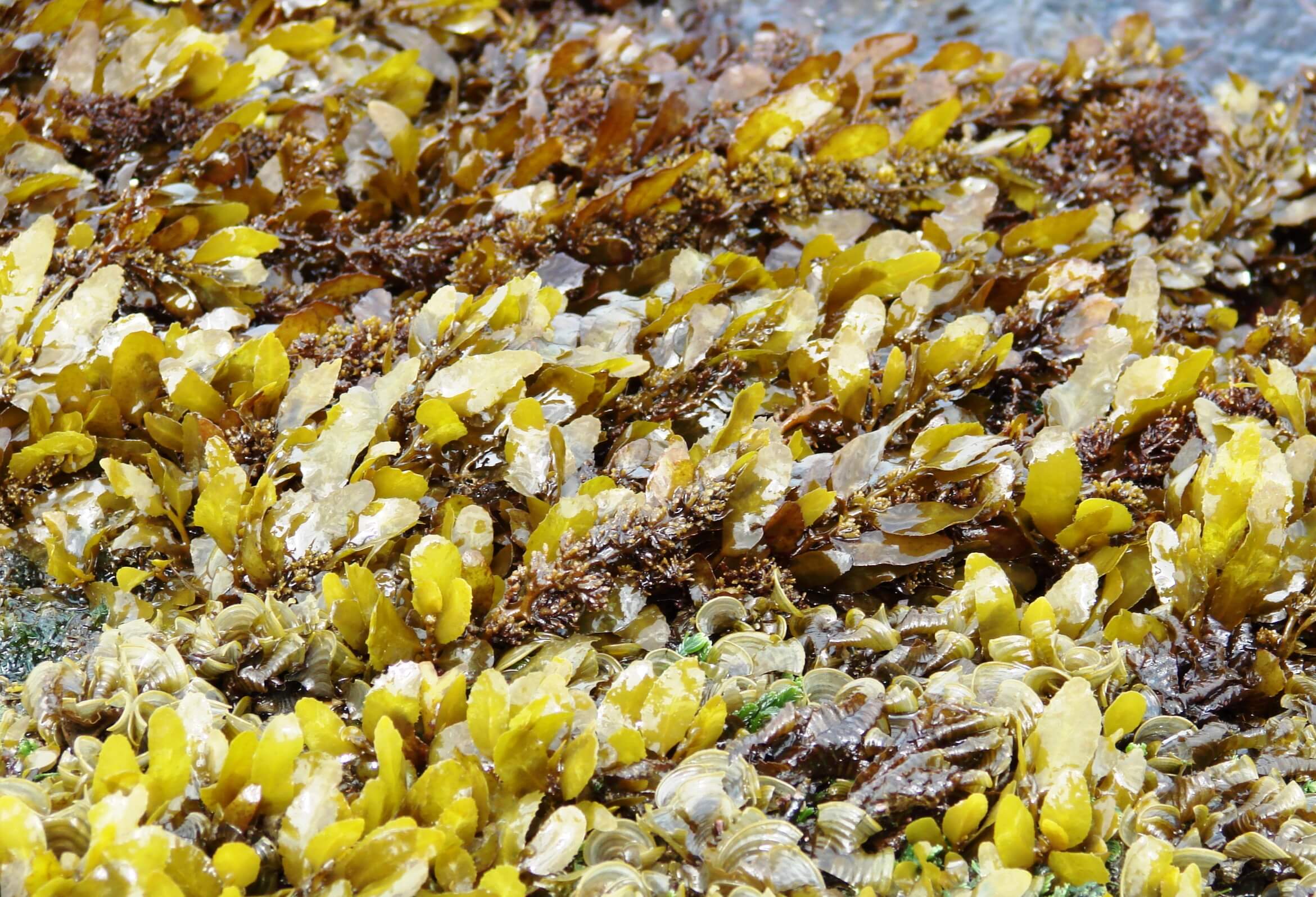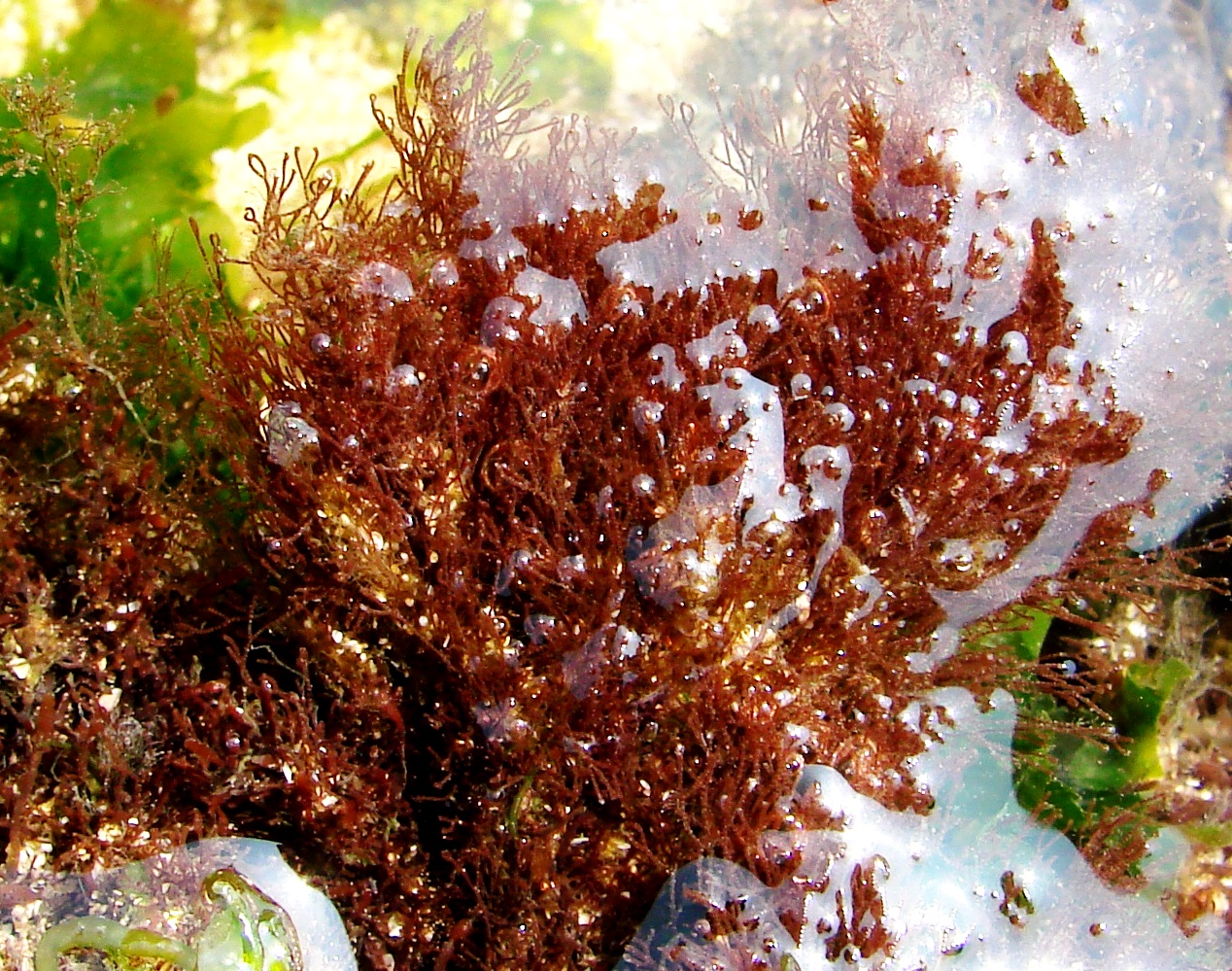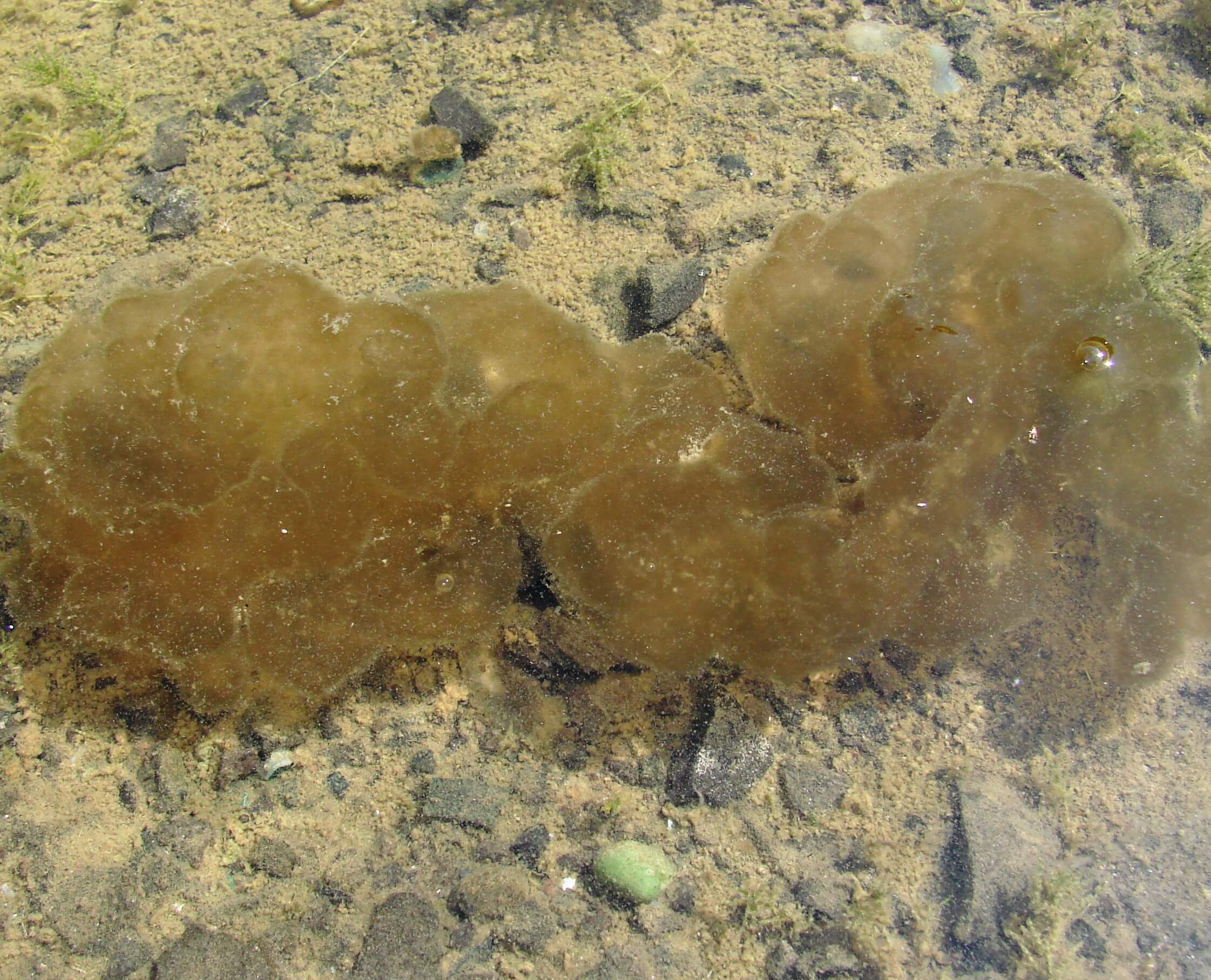
WHAT ARE ALGAE?
Algae (plural) from alga (singular). This word is derived from Latin ‘alga’ meaning ‘seaweed’ which is of uncertain origin. Perhaps connected to Latin ‘ulva’ means grass-like or rush-like aquatic plant. Algae are an informal assemblage of diverse group of unicellular or multicellular photosynthetic eukaryotic non-vascular organisms. They occupy the aquatic environment ranging from wet surface, soil, ponds, lakes, streams, rivers, estuaries, and oceans. Algae are microscopic or macroscopic organisms; and are usually thought to be simple aquatic plants with thalloid structure and have primitive methods of reproduction. They occur in a variety of forms and sizes. They can exist as single, microscopic cells or can be macroscopic and multicellular. They live in colonies; or become filamentous, or take on a leafy appearance (Giant Kelp). The size varies between 0.2 to 2 micrometers in diameter and as large as 60 meters in length.
| Sr. No. | Botanical Name | Common Name | Family | Habit |
|---|---|---|---|---|
| 1 | Ulva lactuca | See Lettuce | Ulvaceae | Thalloid, Marine, among sheltered or moderately exposed rocks and shores, intertidal zones, in the stagnant tide pools and shallow waters; It grows in brackish waters, up to 75 feet deep. |




